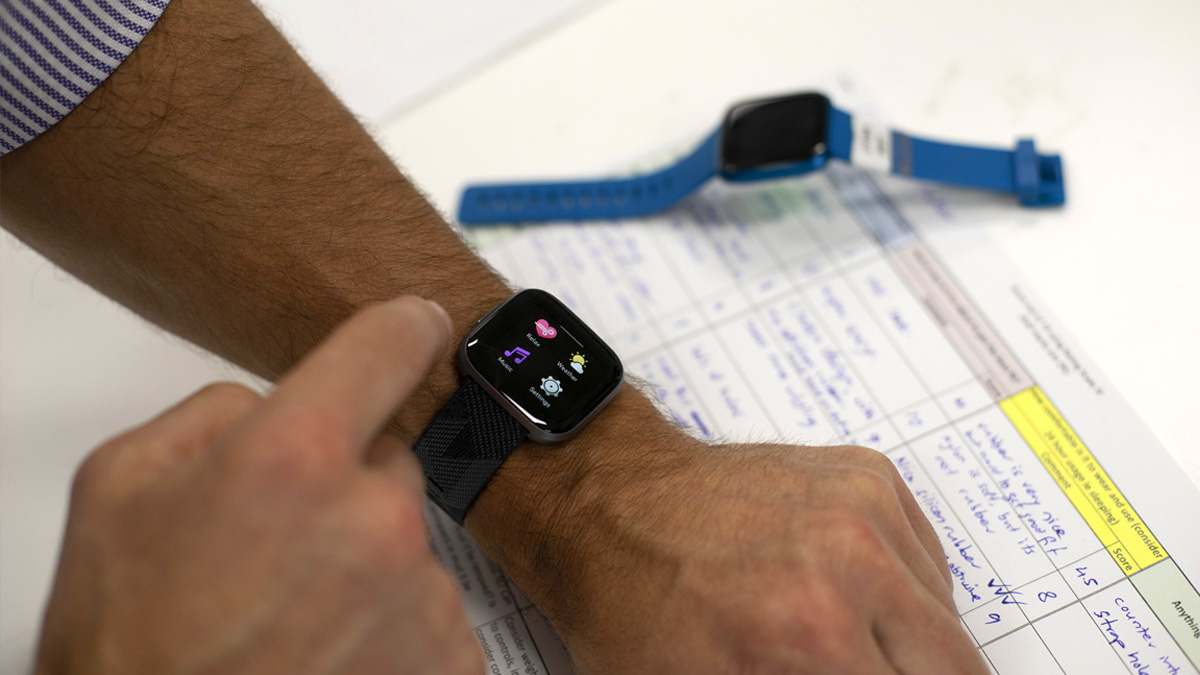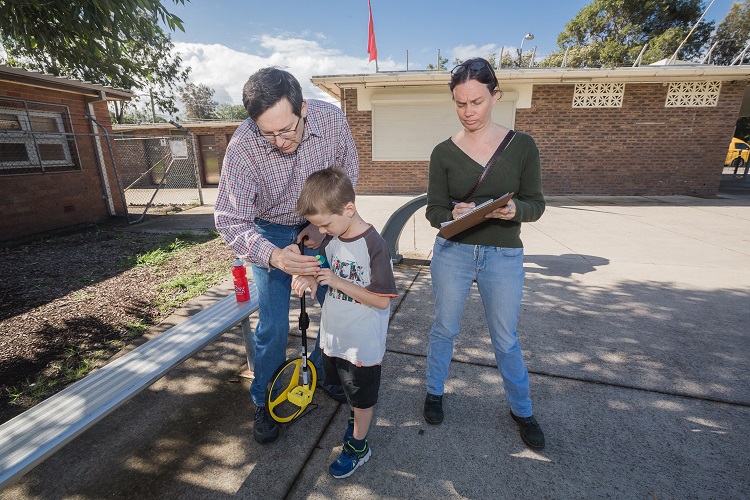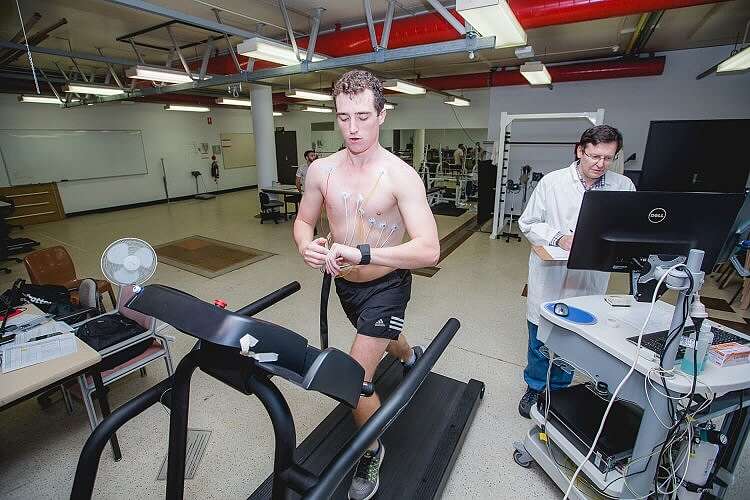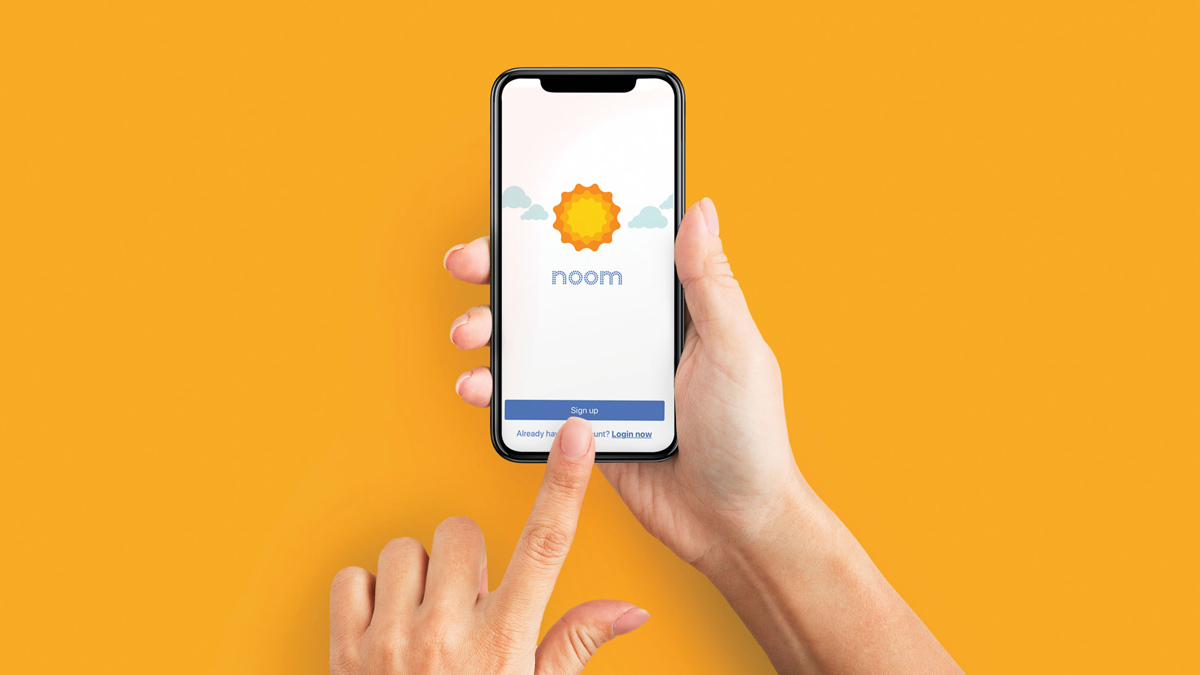Get our independent lab tests, expert reviews and honest advice.
How we test fitness trackers

Fitness trackers make it possible to exercise smarter. These wearable devices gather information on sleeping patterns, eating habits, training sessions and your active and resting heart rates, before presenting them in graphs that are easy to understand. This is how we test this features as well as performance, ease of use, comfort and tracking accuracy.
On this page:
How we choose what we test
Why do we choose one fitness tracker over another? There are a number of reasons, but our priority is to test what you’ll see in the shops. That means sometimes we might not cover the one brand that has one model that’s only sold 100 samples in Australia, and instead focus on the big brand models that you’ll most likely see in the shops.
How do we know what’s in shops? We ask manufacturers and check current market figures to see what’s selling well. We’ll also include models that you’ve requested; if a lot of members want it, we’re going to test it.
When we know what you want, our buyers go out and buy the fitness trackers from a variety of retailers, then bring them in as-is. This means we get what you’d get, so we can be sure the results are what you’ll find. They’re not ‘tweaked’ any way.
How often we test
We test fitness trackers in batches of up to 12, usually once a year. New models are released frequently as manufacturers keep trying to outdo one another. Usually we see a few market leaders keep their products in the market for at least year with a crossover period of a few months as new models are released. Major brands typically release new models once a year.
How we test
Ease of use: We test each fitness tracker on Android and iOS. While we look at Windows mobile where available this option is becoming less relevant. We than score how easy it is to set up and wear, and to track on-the-go information via the band and its interfaces.
Performance: We measure paces and distance with a calibrated tracking tool, and then measure this against what the fitness tracker displays.
Comfort: A panel of 10, split between five men and five women, try on each fitness tracker and assign them scores based on how easy they are to put on, adjust and wear. The trackers in the test are medium-sized, where applicable.
Kids bands: These are tested under the same conditions as adult bands, using pre-teen and teenage triallists.

Heart rate monitors
We no longer test heart rate monitors in fitness trackers as of 2022, but results from previous tests are still available. There were two components:
Resting heart rate: Prior to 2021, we measure the resting heart rate of six people using each of the fitness trackers and a medical grade heart monitor, the GE Healthcare Carescape V100, Dinamap V100 or Dinamap V150 (these record data using the same hardware and software. Newer models have a touch screen and data export). Models tested during and after 2021 are assessed against a chest-strap heart rate monitor, calibrated against the ECG used for the active heart rate test. A score is then calculated based on the fitness tracker’s accuracy.
Active heart rate: Athletes at the Sports Chamber at the University of Sydney exercise on a treadmill, or exercise bike, wearing one of the fitness trackers. A 12-lead ECG provides a real time reading of their heart rate, which is then compared to the readings of the fitness tracker. Readings of both are taken at 10-second intervals in the first minute, one-minute intervals for five minutes, and then at 10-second intervals during the last minute of cooling down.
Pedometer and distance accuracy
We assess these features for their effectiveness and accuracy:
Step count accuracy:The pedometer will measure your steps, though accuracy will vary depending on what you put in as your height, weight and, in some cases, pace length, and the technology used in the development of the device.
Distance accuracy:The pedometer and GPS/GLONASS (if available) will measure your distance traveled though accuracy will vary depending on what you put in as your height, weight and, in some cases, pace length, and the technology used in the development of the device. Devices that support GPS and GLONASS should deliver the fastest position identification.

Test criteria explained
The overall score is a combination of the comfort, ease of use and accuracy scores:
- Comfort score (35%)
- Ease of use score (30%)
- Pedometer accuracy score (17.5%)
- Distance accuracy score (17.5%)
Resting and active heart rate accuracy do not contribute to the overall score, as these features are not standard in all models and are considered optional extras.



